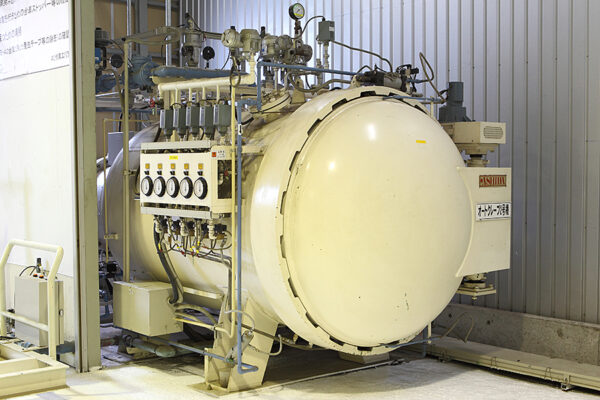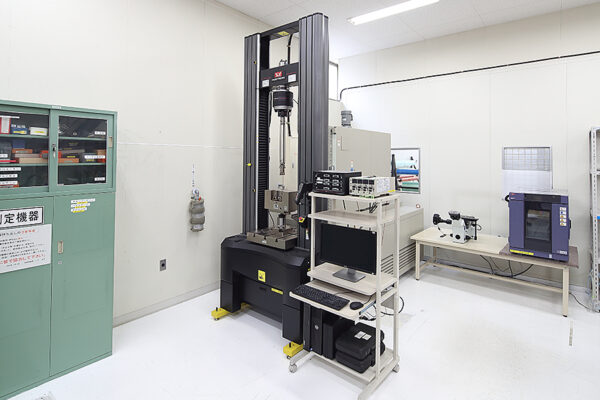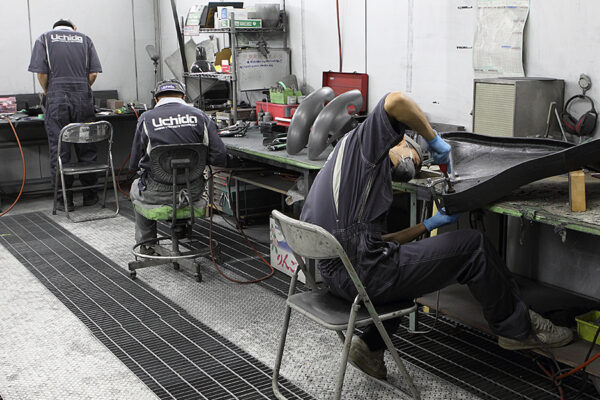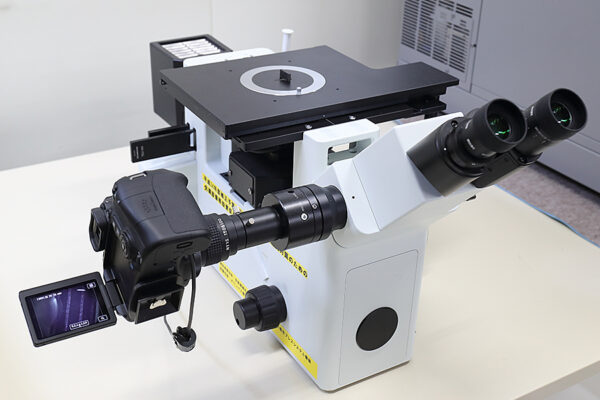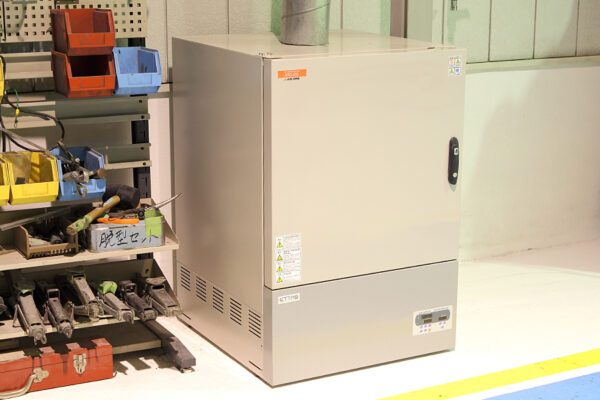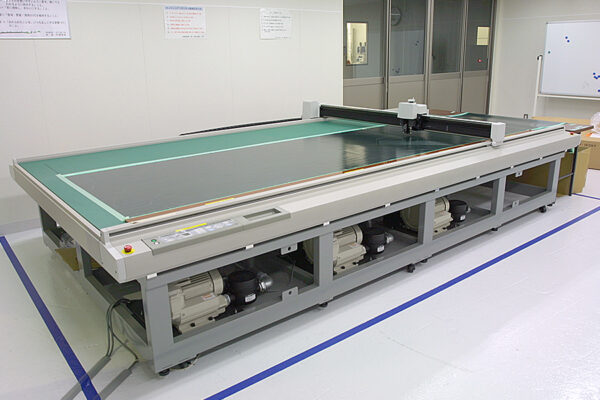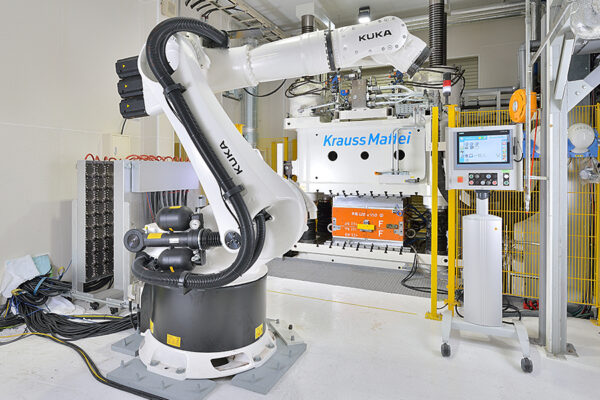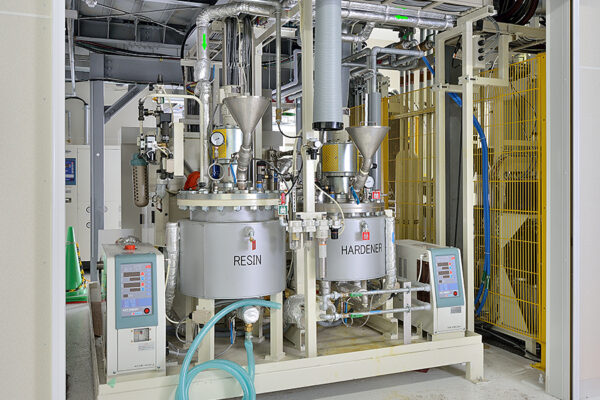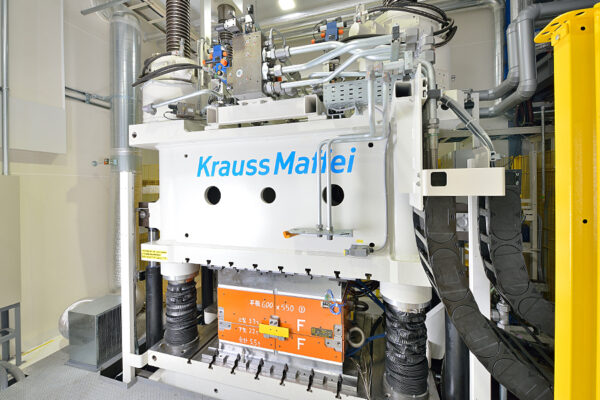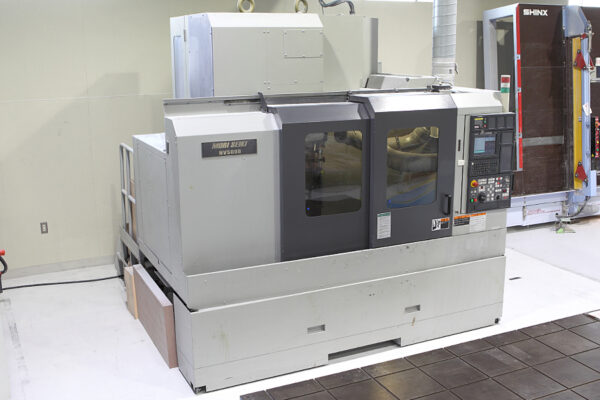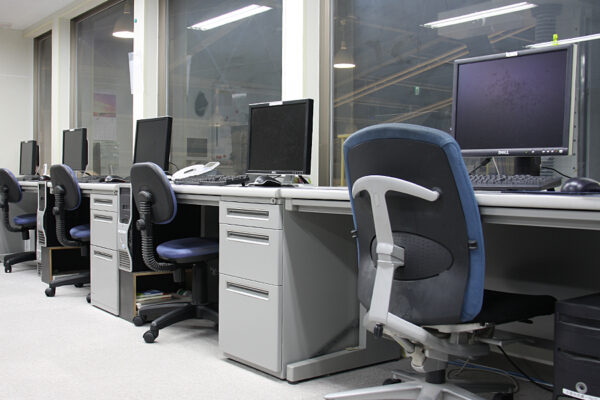Introduction
Carbon fiber reinforced plastic (CFRP) is a high-performance composite material based on carbon fibers that is lightweight yet extremely strong, and is used in numerous industries such as aerospace, automobiles, and sporting goods. CFRP’s excellent properties enable the development of innovative products that offer dramatic improvements in performance compared to traditional materials. In this column, we will explain in detail the basic characteristics, manufacturing methods, and uses of CFRP.

Basic structure and characteristics of CFRP
CFRP is a composite material that combines carbon fiber and resin (usually epoxy resin etc.). Carbon fiber has extremely high tensile strength, is lightweight and highly corrosion resistant. By hardening this with resin, a material that is extremely strong, lightweight, and highly durable is created.
Lightweight
CFRP is lighter than metals with the same strength (such as steel or aluminum), and is therefore used in aircraft, automobiles, sporting goods, and other areas where weight reduction is particularly important. Because it is lightweight yet strong, it can reduce the load on structures.
High strength
Due to the properties of carbon fiber, CFRP has very high tensile strength and pressure resistance. This allows it to maintain its shape even in environments where high forces are applied, while being resistant to breakage and deformation. CFRP performs well in applications where structural stability is required.
Corrosion resistance
CFRP is more resistant to corrosion than metal materials. This makes it resistant to humidity and chemicals, and it can maintain its performance for a long time even in harsh environmental conditions.
Design freedom
CFRP allows complex shapes to be created during molding, and offers a high degree of design freedom. This allows us to pursue the optimal design according to the shape and function of the product.
CFRP manufacturing methods
There are several processes for manufacturing CFRP, and the process is selected according to the material and purpose used. The most common manufacturing methods are as follows.
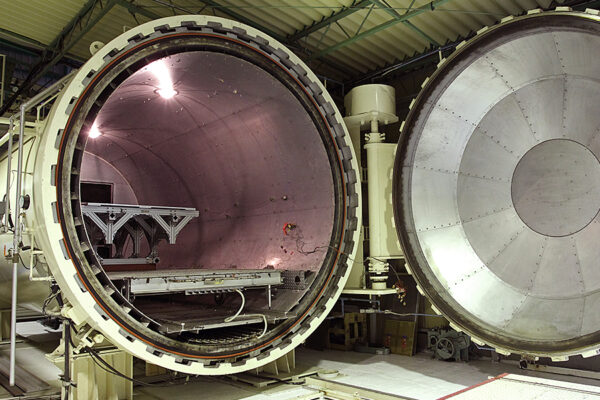
Autoclave Oven 3
Size : Ø3,000×6,000mm / Operating temperature : at normal temperature – 200℃ / Distribution accuracy : ±2.5℃less / Heating rate : 4.0℃/min. (empty furnace) / Cooling rate : 4.0℃/min. (empty furnace) / Design pressure : 0.99Mpa (maximum working pressure) / Working pressure : 0.7Mpa less (if no specification from the manufacuturer 0.3Mpa around) / Pressure accuracy : ±0.02Mpa(for pressure setting of 0 – 0.99Mpa/cm²) / Boost pressure accuracy : 0 – 0.03Mpa/min / Pressure source : compressed air (regular use) / Vacuum system : back suction system / Vacuum units : 10
Autoclave molding
Autoclave molding is a method of molding CFRP by strictly controlling pressure and temperature. This method is widely used in the aerospace industry and high-performance automotive parts because it can produce high-strength, high-precision products.
- Features: High precision, high strength
- Applications: Aircraft parts, automotive parts
RTM (Resin Transfer Molding)
RTM is a method in which carbon fiber strands are placed in a mold and resin is injected into them to form them. This allows high-quality CFRP products to be made in a short time.
- Features: Efficient manufacturing, low cost
- Applications: Automotive parts, sports equipment
Hand-laid molding
Hand-laid molding is a method in which carbon fiber is stacked by hand and resin is infiltrated to form the product. This method is suitable for small-scale production and prototype production, but not for mass production.
- Features: Flexible response, suitable for small lots
- Applications: Prototypes, custom products
Prepreg molding
Prepreg molding is a molding method using prepreg (resin-pre-impregnated fiber) in which resin has been permeated into carbon fiber beforehand. High-precision and efficient manufacturing is possible.
- Features: Precision products, mass production
- Applications: Aircraft, sports equipment
CFRP applications
CFRP is used in a wide range of industries due to its characteristics. The following are some typical applications.
Aerospace industry
CFRP is lightweight and strong, so it is used in aircraft wings, airframe structural parts, engine parts, etc. It contributes to reducing the weight of aircraft, improving fuel efficiency and reducing operating costs.
Automotive industry
Using CFRP in automobile body panels, chassis, and interior parts can reduce the weight of vehicles and improve safety. In addition, CFRP is an important element for maximizing performance in racing cars and high-performance vehicles.
Sports equipment
CFRP is widely used in sports equipment, such as bicycle frames, golf clubs, and tennis rackets. Its lightweight and high strength properties can improve competitive performance.
Construction
CFRP has excellent corrosion resistance and earthquake resistance, so it is also used in building reinforcement and renovation work. It has particularly attracted attention as an earthquake-resistant reinforcement material, and plays an important role in earthquake countermeasures.
Medical field
CFRP is strong yet lightweight, so it is used in medical devices such as prosthetic limbs and artificial joints. It is also used in parts for radiation therapy equipment because it is highly permeable to radiation.
Summary
Carbon fiber reinforced plastics (CFRP) are used in a variety of fields, including aerospace, automobiles, sporting goods, and architecture, due to their light weight, high strength, and corrosion resistance. Efficient and precise manufacturing techniques are also evolving, and CFRP is expected to be used in even more fields in the future. The use of CFRP can improve product performance, reduce costs, and bring out new design possibilities, making it an important material that contributes to technological innovation.

Related useful contents
You can explore related content by clicking on a topic of interest.
ABOUT UCHIDA - 55 years since our founding
We leverage a wealth of technical expertise as a CFRP molding and processing manufacturer using FRP, GFRP, and CFRP materials. We offer a one-stop solution, encompassing design, analysis, manufacturing, secondary processing, assembly, painting, quality assurance, and testing.
UCHIDA's equipment
We have cutting-edge equipment to ensure that we can address even the most advanced challenges of our customers.
Video Library
In the following video, we provide a detailed overview of our manufacturing process. Please feel free to watch and learn more.



